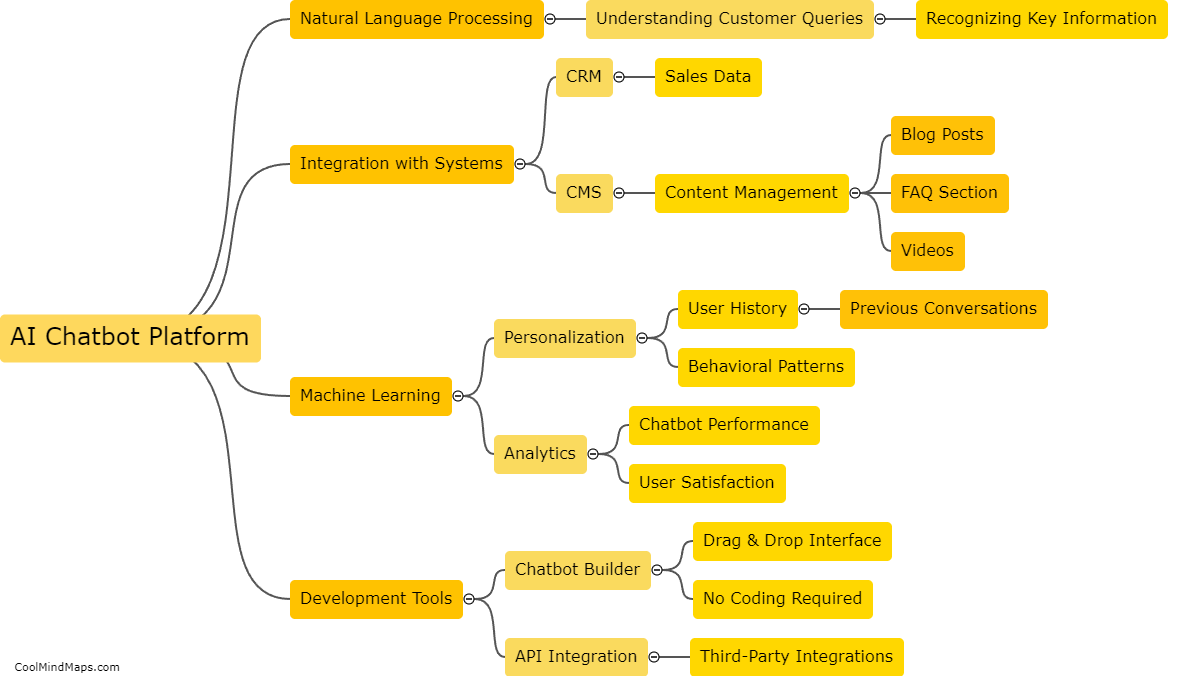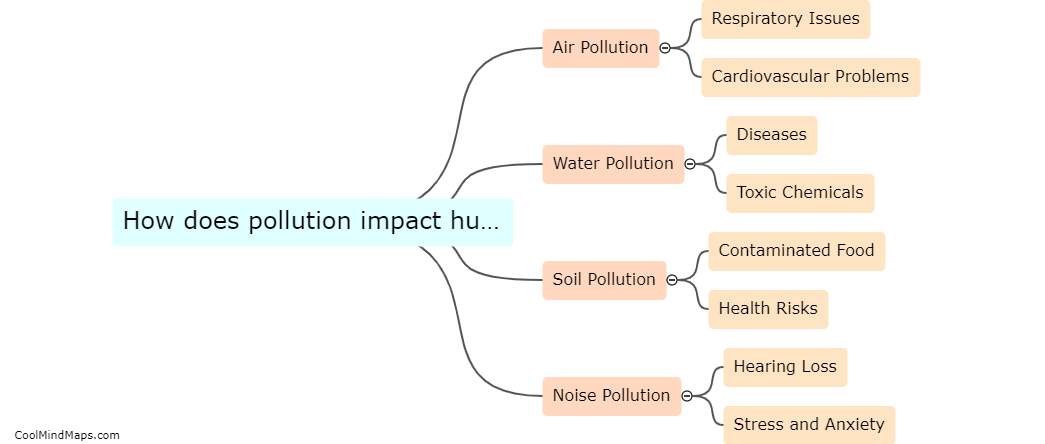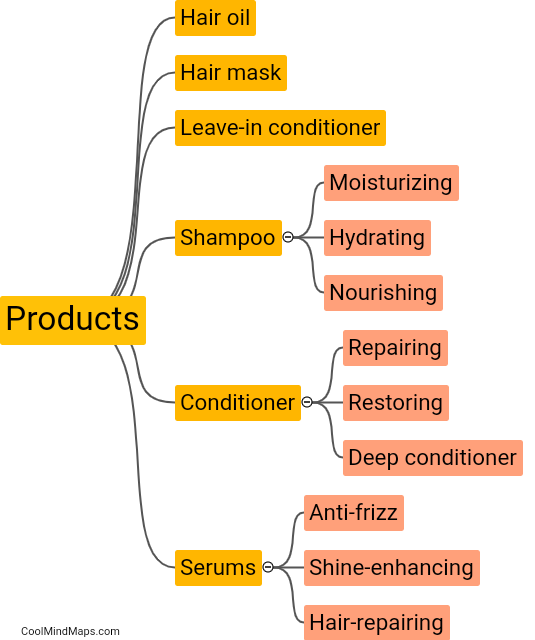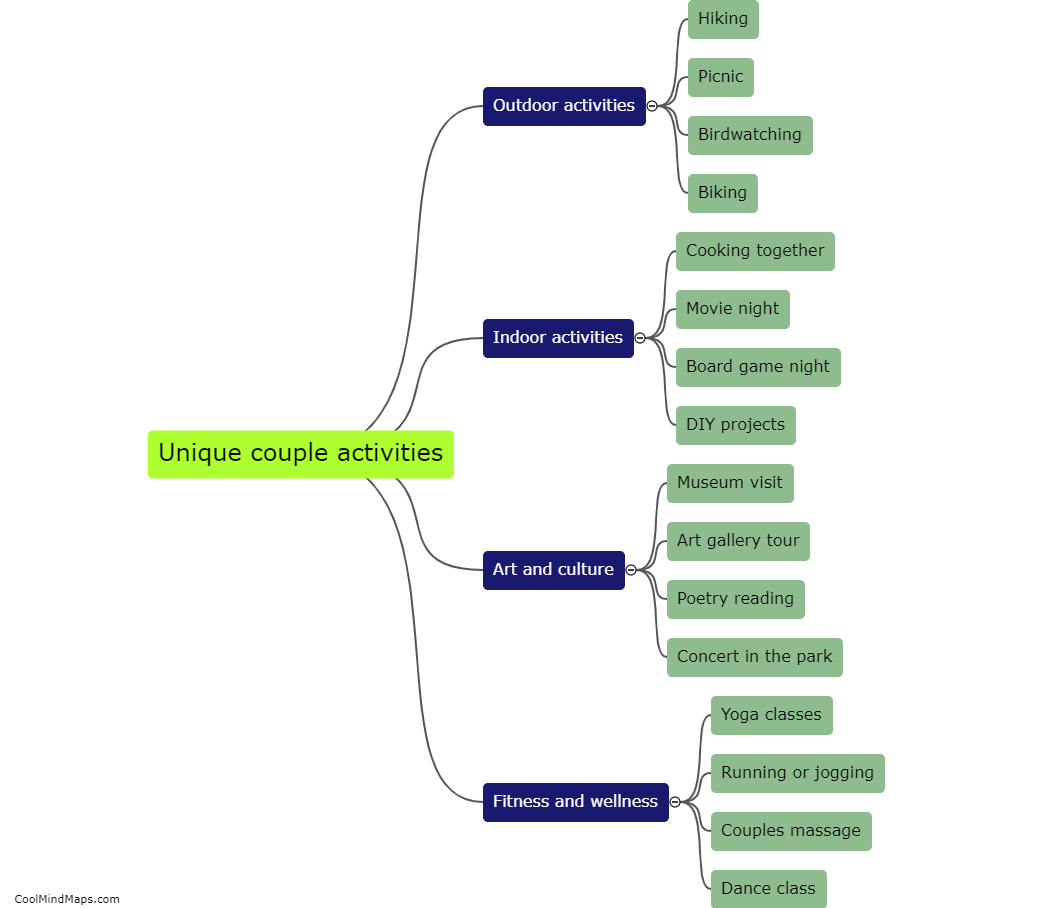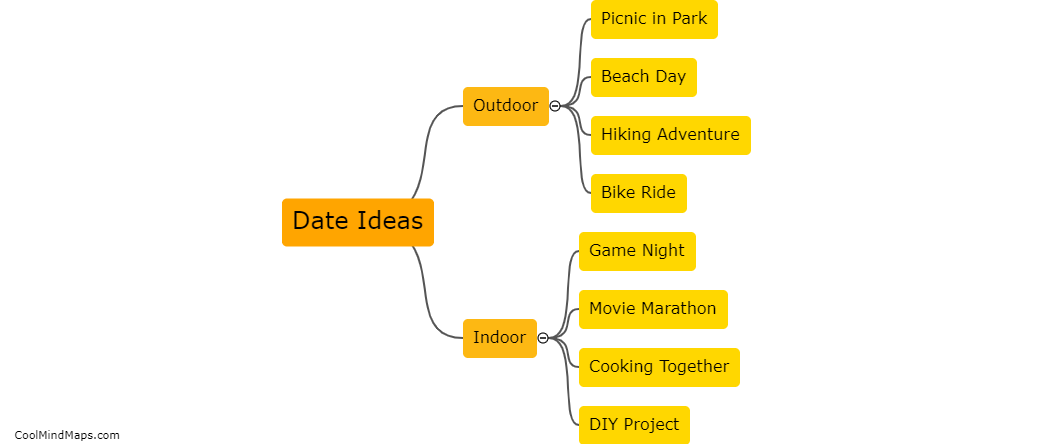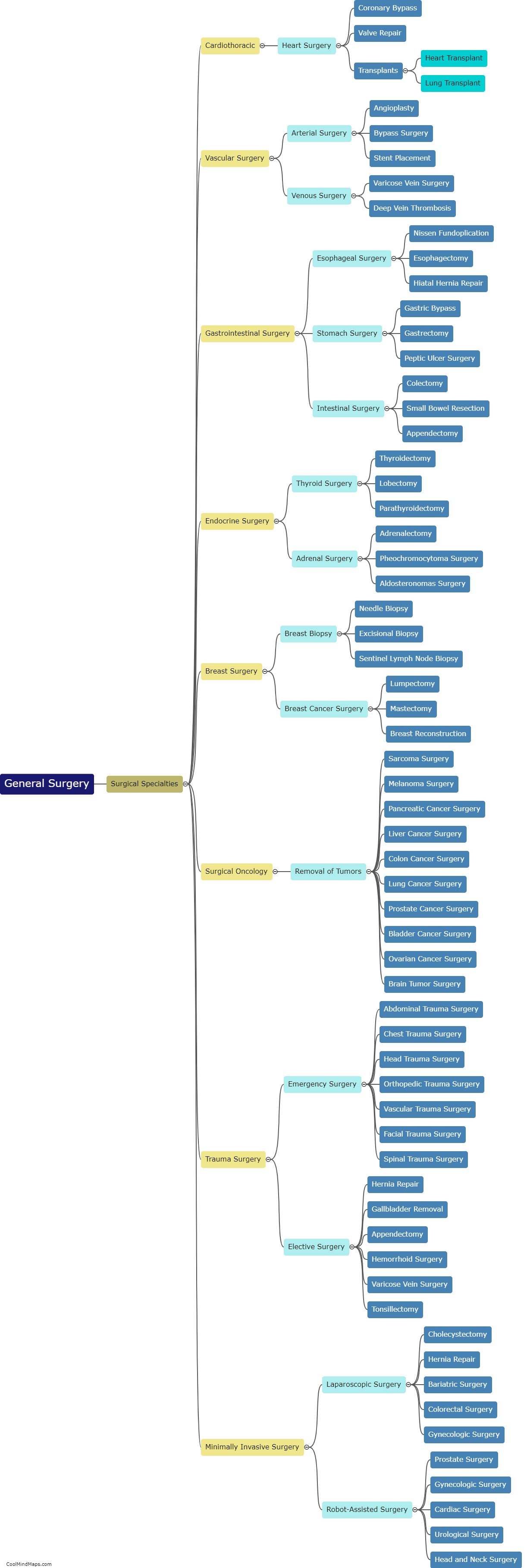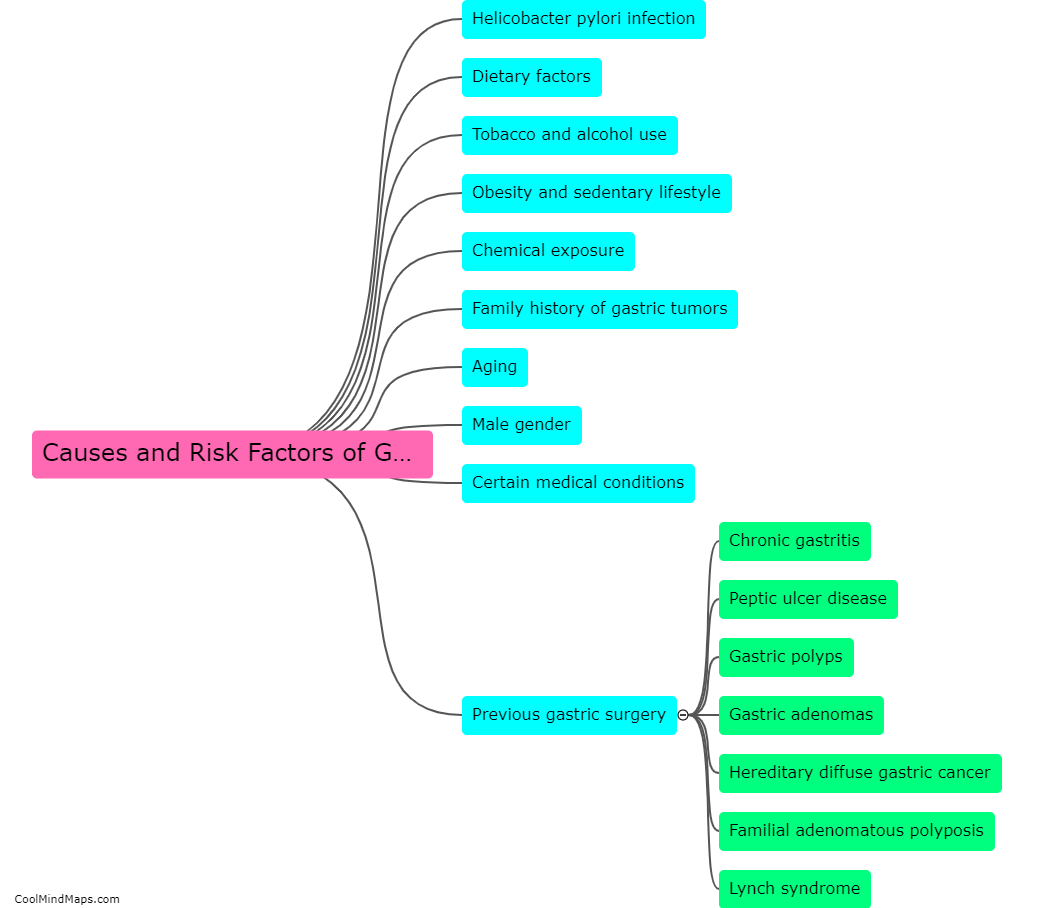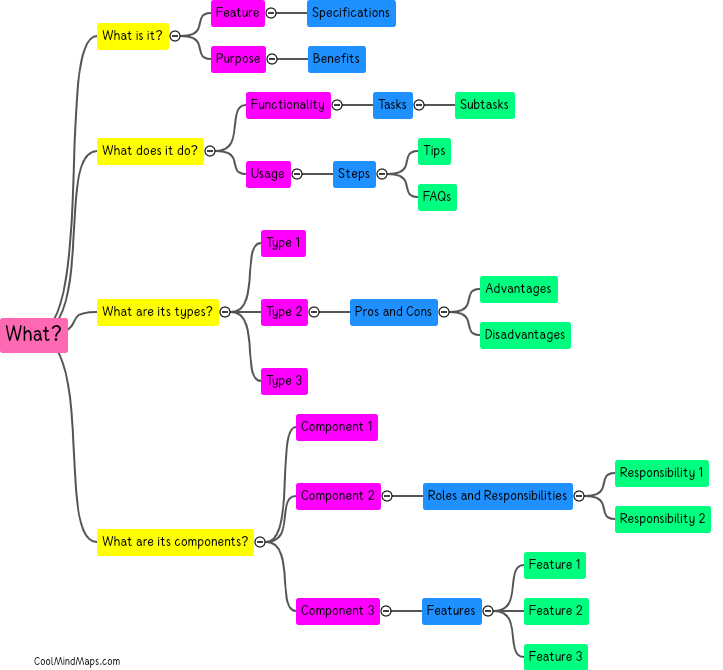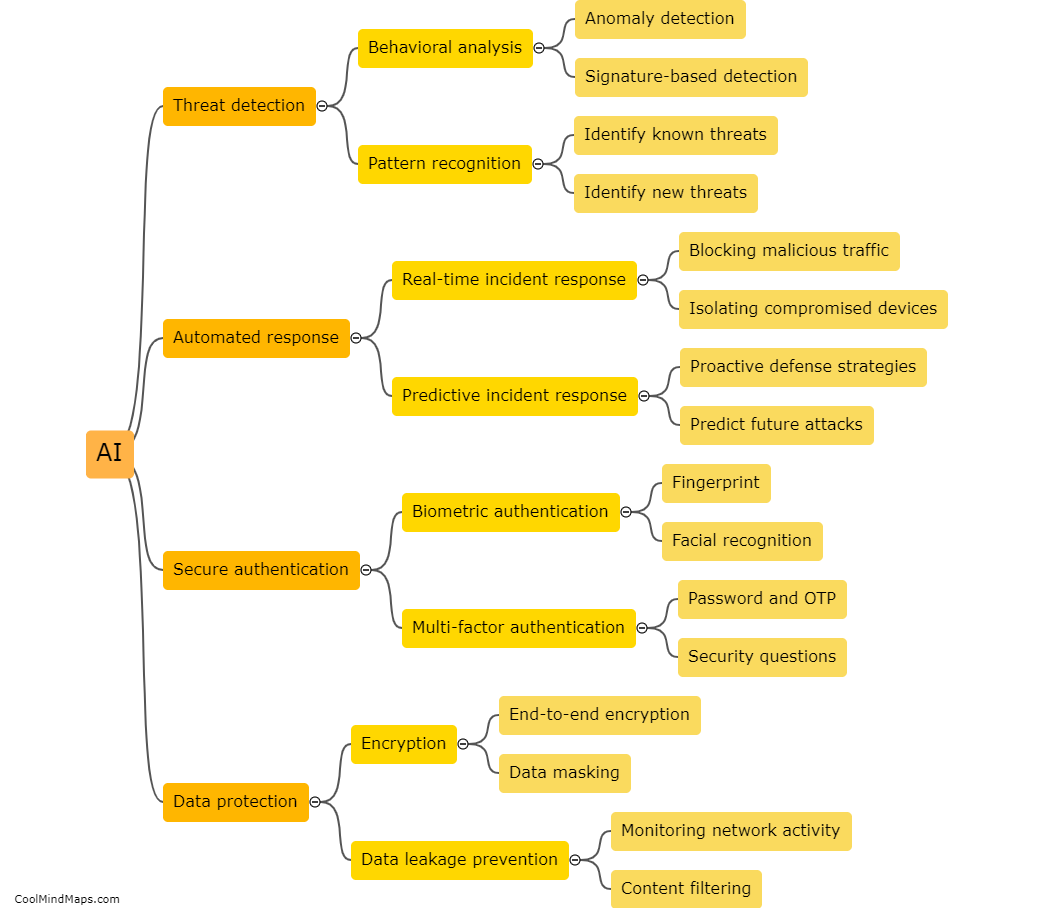What are the key features of an encoder-decoder model?
An encoder-decoder model is a type of neural network architecture commonly used in machine translation, text summarization, and image captioning tasks. It consists of two main components: an encoder and a decoder. The encoder receives the input data and maps it into a lower-dimensional latent space representation. This process helps in extracting meaningful features from the input sequence. The decoder then takes this encoded representation and generates the output sequence or prediction. The key feature of an encoder-decoder model is its ability to handle sequences of variable length as the encoder compresses the input into a fixed-size representation and the decoder can generate output of varying lengths. This architecture allows for capturing complex patterns and dependencies in the data, making it widely used in various sequence-to-sequence tasks.

This mind map was published on 20 October 2023 and has been viewed 92 times.
